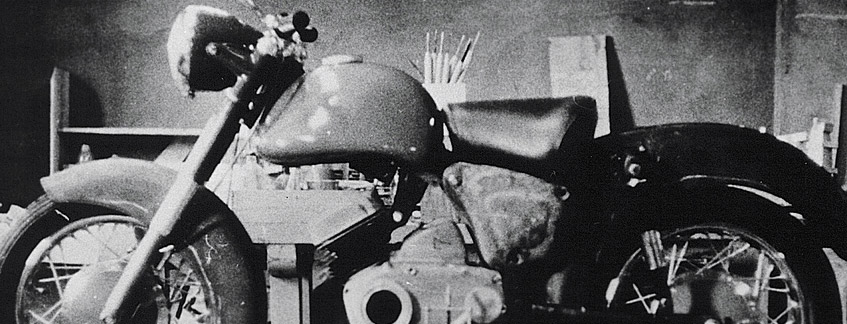Yamaha entered the limelight with overwhelming victories in two major motorcycle races in Japan. In March 1956, the company bought land adjacent to the Hamakita Factory with a view to expanding its production system. In September, monthly production reached 1,080 units, topping the 1,000 unit mark, which was the company’s target at the time. The achievement was the result of greater product variety as Yamaha’s second bike, the 175 cc YC1, had been launched on the market following the YA1. The company’s factories were pressed to increase production while, at the same time, development of the company’s third motorcycle, a 250 cc model, proceeded at a fever pitch.
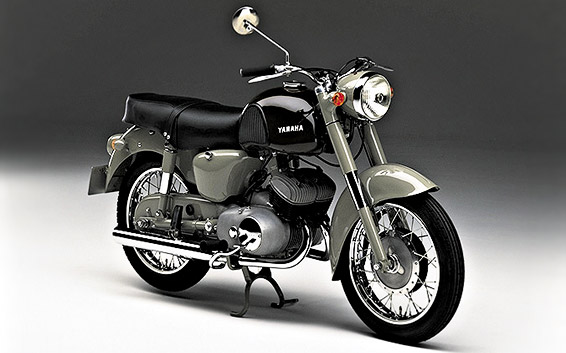
Development of the new 250 cc YD1 moved forward at the Hamamatsu Research Laboratory, which was established as a part of Nippon Gakki in January 1956. The engineers played devil’s advocate to the president’s policy and the result was a unique motorcycle that they themselves freely designed.
President Kawakami’s initial plans called for a design based on the MB250, a sports bike made by the West German company Adler, to which would be added originality to the exterior finish. The engineers, however, appealed to the president to let them create a motorcycle by themselves according to their own design. Their pride had grown with the success of the YA1 and YC1, and above all else, the young engineers had a strong desire to take on the challenge of creating something new.
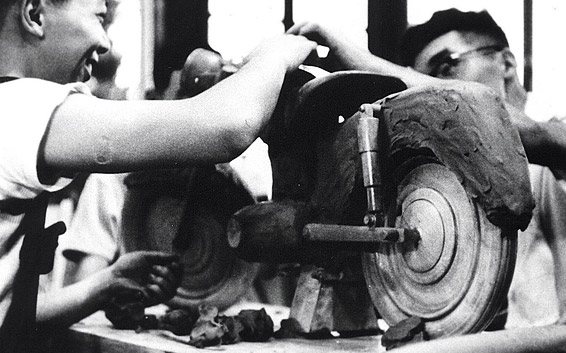
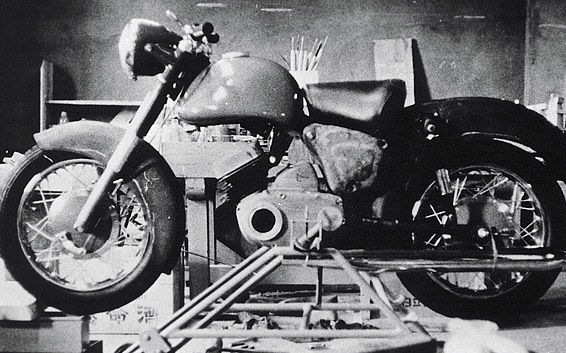
The development team for the YD1 consisted of six young engineers. The team decided to pursue both function and design. Models made in Japan at the time prioritized practical features like the ability to transport packages; design was secondary.
Transitioning from imitation to creation, the YD1, which began on a piece of paper, was highly original. Mounted on a backbone frame of steel pipe and stamped metal, the engine was a cutting-edge 2-stroke, 2-cylinder 250 cc model. The bike featured dynamic styling with small 16-inch wheels and a uniquely shaped fuel tank that was higher than it was long. Because of the tank’s shape and its dark brown color, it earned the nickname “Bunbuku Chagama (teakettle).”
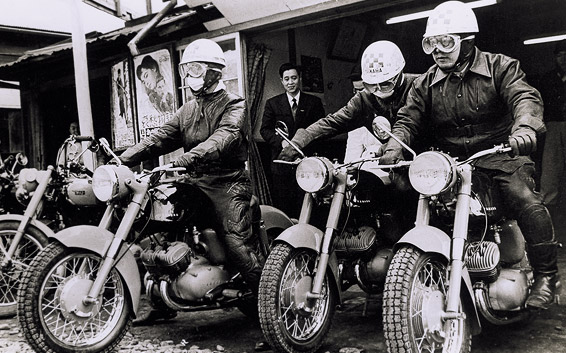
In April 1957, the YD1 was put out on the market. It won strong praise as an innovative showpiece motorcycle that highlighted the full range of Yamaha’s technology, but soon after its market debut, complaints started to come in with respect to the fittings that linked the right and left crankshafts. This was not the sort of problem that could be addressed individually on a few motorcycles; it required a recall of around 3,000 units. Addressing the problem cost a great deal in terms of both money and labor, but thorough countermeasures were implemented on the decision of President Kawakami, who trumpeted an absolute commitment to quality.
The value of the YD1, however, lay in the fact that a Japanese manufacturer had broken away from imitating other models and had pursued originality. It also played an important role in accelerating the shift from utility motorcycles to sport bikes.
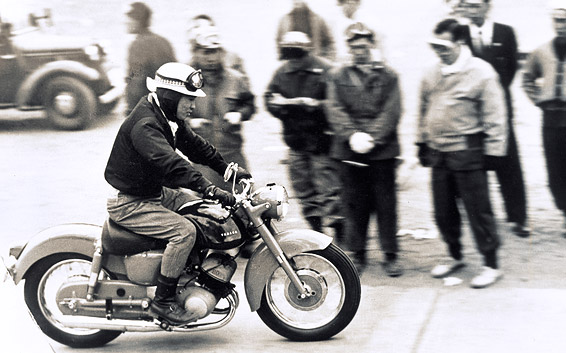
.










